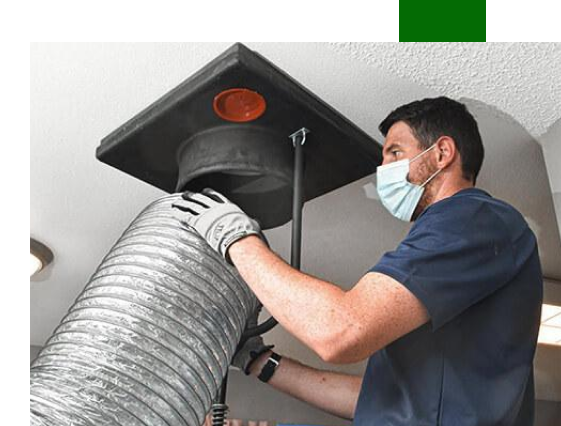Think braces are just for teens? Think again. More and more adults are discovering the power of
to straighten their teeth discreetly and comfortabl without the hassle of metal brackets and wires. Whether you’re in your 30s, 40s, 50s, or beyond, it’s never too late to achieve the smile you’ve always wanted.
In this blog, we’ll explore why clear aligners for adults are a game-changer, how they work, and what makes them the preferred choice over traditional braces.
Why Adults Are Choosing Clear Aligners
More than ever, adults are investing in their oral health and appearance. Thanks to advancements in orthodontic treatment, you can now fix crooked teeth, gaps, or bite problems with invisible aligners that blend into your lifestyle.
Here’s why
are loving clear aligners:
1. Discreet Appearance
Let’s face it—most adults don’t want to wear metal braces in professional or social settings. Clear aligners like Invisalign are virtually invisible, allowing you to straighten your teeth without drawing attention.
2. Comfort and Convenience
Made from smooth plastic, clear dental aligners are more comfortable than metal braces. Plus, they’re removable, so you can eat, brush, and floss normally—no food restrictions or complicated cleaning routines.
3. Boosted Confidence
A straighter smile doesn’t just improve your appearance—it enhances your self-confidence in the workplace, in photos, and in personal interactions.
4. Faster Treatment Time
Many
adult clear aligner treatments
are completed in as little as 6 to 18 months, depending on the complexity of your case. That’s often shorter than traditional braces!
How Clear Aligners Work
Clear aligner systems like Invisalign, Byte, and SmileDirectClub use a series of custom-made trays that gradually shift your teeth into place.
Here’s how the process typically works:
- Initial Consultation
A dentist or orthodontist evaluates your teeth and creates a custom treatment plan. - Digital Scans or Impressions
Your provider takes 3D scans or molds of your teeth to design aligners. - Wearing the Aligners
You’ll wear each set of aligners for about 1–2 weeks, 20–22 hours a day. - Progress Checkups
You’ll have occasional checkups—either in-office or virtually—to monitor your progress. - Retainers After Treatment
Once treatment is complete, you’ll wear a retainer to maintain your new smile.
Are You a Good Candidate for Clear Aligners?
Clear aligners for adults can treat a wide range of dental issues, including:
- Crooked teeth
- Gaps between teeth
- Crowded teeth
- Mild overbite or underbite
- Shifting teeth after braces
You may not be eligible for aligners if you have:
- Untreated gum disease
- Severe bite issues that require surgery
- Missing teeth that affect alignment
A consultation with a certified clear aligner provider is the best way to know for sure.
Invisalign vs Other Clear Aligners for Adults
Invisalign is the most well-known brand, but it’s not the only option. Here’s a quick comparison of Invisalign vs other clear aligners:
| Feature | Invisalign | SmileDirectClub / Byte / Candid |
|---|---|---|
| Supervision | In-person orthodontist care | Remote / virtual monitoring |
| Suitable for | Mild to complex cases | Mild to moderate cases |
| Attachments | Yes, for better control | Rare or none |
| Treatment Time | 6–18 months | 4–10 months |
| Cost Range | $3,000–$7,000 | $1,800–$2,500 |
For adults with more complex alignment or bite issues, Invisalign treatment is often the better choice because it offers precision attachments.
Common Questions About Clear Aligners for Adults
1. Are clear aligners safe for adults over 40 or 50?
Yes! As long as your gums and teeth are healthy, age is not a barrier. Many patients in their 50s and 60s have successfully completed clear aligner treatment.
2. Do clear aligners hurt?
You may feel some pressure or discomfort for the first few days of each new aligner tray, but most adults describe it as mild and manageable.
3. Can I afford clear aligners?
The cost of clear aligners varies, but many providers offer flexible clear aligners, and some dental insurance plans cover a portion of treatment.
Final Thoughts: You’re Never Too Old for a Beautiful Smile
Whether you’ve always wanted straighter teeth or your smile has shifted over time, clear aligners for adults are a safe, effective, and discreet solution. With options to fit your lifestyle and budget, there’s never been a better time to start your journey to a healthier, more confident smile.
Ready to take the first step toward your dream smile?
Book a consultation with our expert team today and discover if adult orthodontic patients is right for you!




